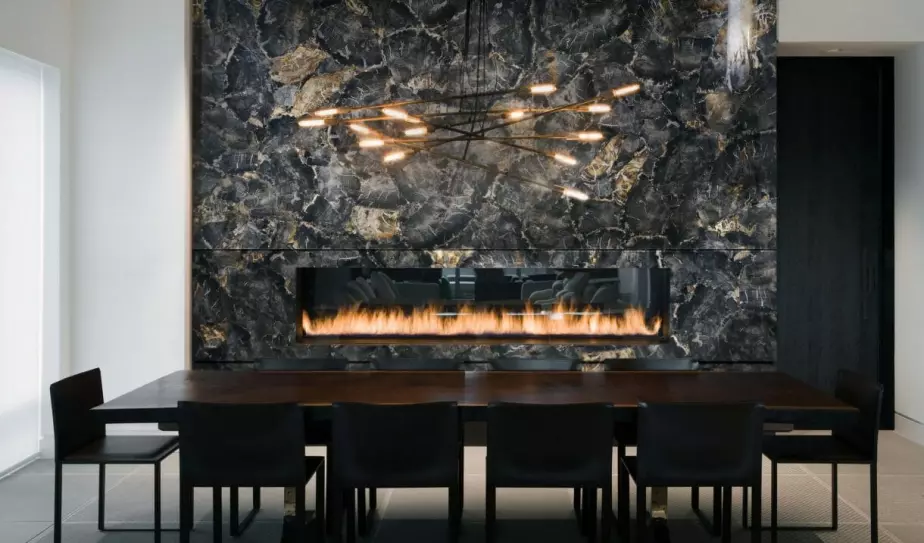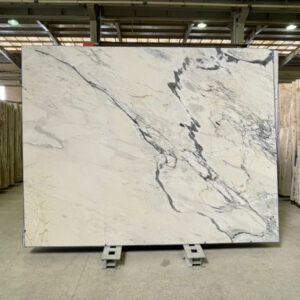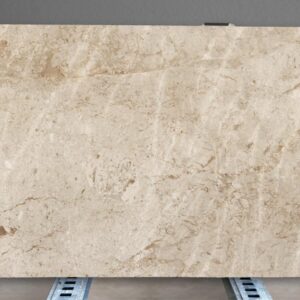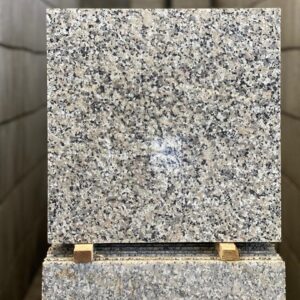
صنایع سنگ پارسی تولیدکننده و صادر کننده فعال در صنعت سنگ و ساختمان و نامی آشنا و مطمئن برای طراحان ، معماران ، پروژه سازان و پیمانکاران بزرگ ایران می باشد ، که از سال 1388 شروع به فعالیت نموده است ، با سالها تجربه در زمینه تولید و فروش انواع سنگ های ساختمانی داخلی و خارجی سعی بر ارائه خدمات متفاوت و نوینی در صنعت سنگ ایران نمودیم. توانسته ایم با بهره گیری از تکنولوژی روز دنیا و استفاده از بهترین مواد اولیه ، محصولات با کیفیتی از انواع سنگ های اسلب ، پلاک ، نمره را در ایران و خاورمیانه ، آسیا و اروپا برای شما عزیزان و مشتریان خود تولید کنیم. محصولات ما شامل انواع سنگهای چینی یا کریستال ، تراورتن ، مرمریت ، گرانیت و مرمر ها می باشد که برای کاربرد های ساختمانی از جمله : سنگهای دکوراتیو ، انواع سنگ فرش کف ، پله و ریز پله ها ، نمای ساختمان ، دیواره های داخلی ، انواع آبنما های سنگی ، کانتر ، روشوئی های سنگی ، صراحی ها و … میشود که همگی با رعایت استانداردهای بین المللی تولید میشوند. هدف ما ارائه محصولات با کیفیت و بهترین خدمات به شما سروران گرامی می باشد . رعایت حقوق مشتری و مشتری مداری سر لوحه مجموعه سنگ پارسی بوده و امیدواریم بتوانیم همیشه رضایت شما عزیزان را جلب نمائیم.
سنگ را از دل معادن تا نصب در مجموعه شما با خود همراه می دانیم و همکاری با شما بزرگواران در پروژه های بزرگ و کوچک افتخاری برای ماست .






















































